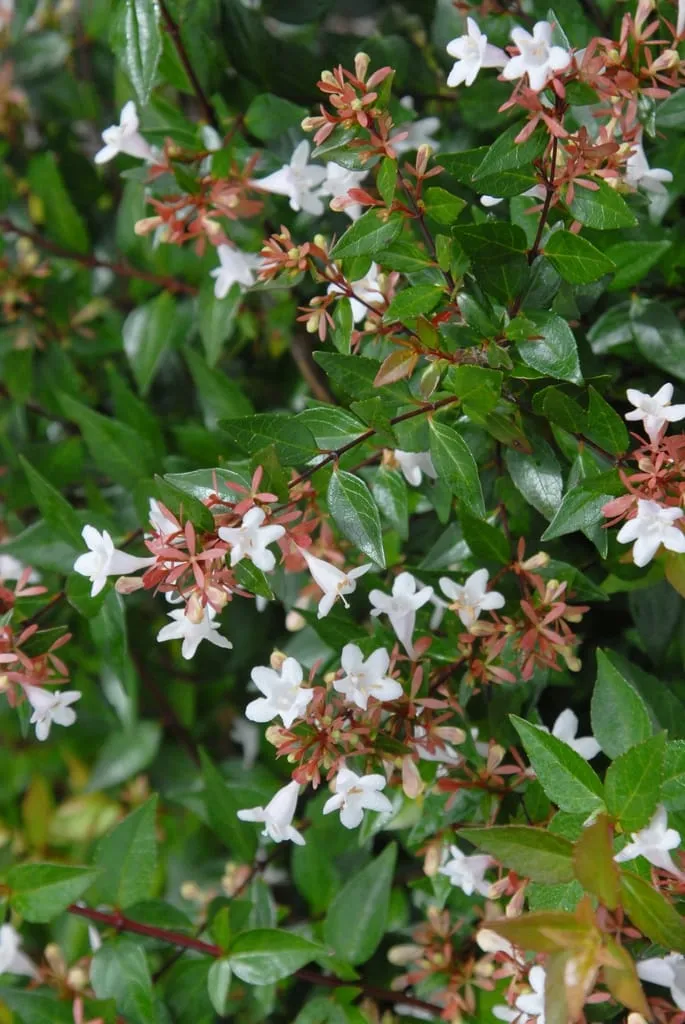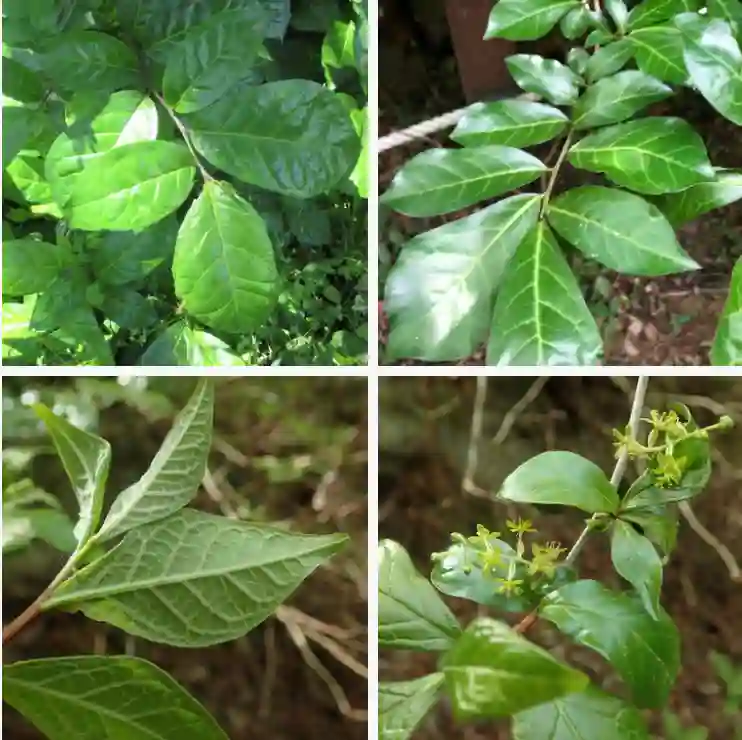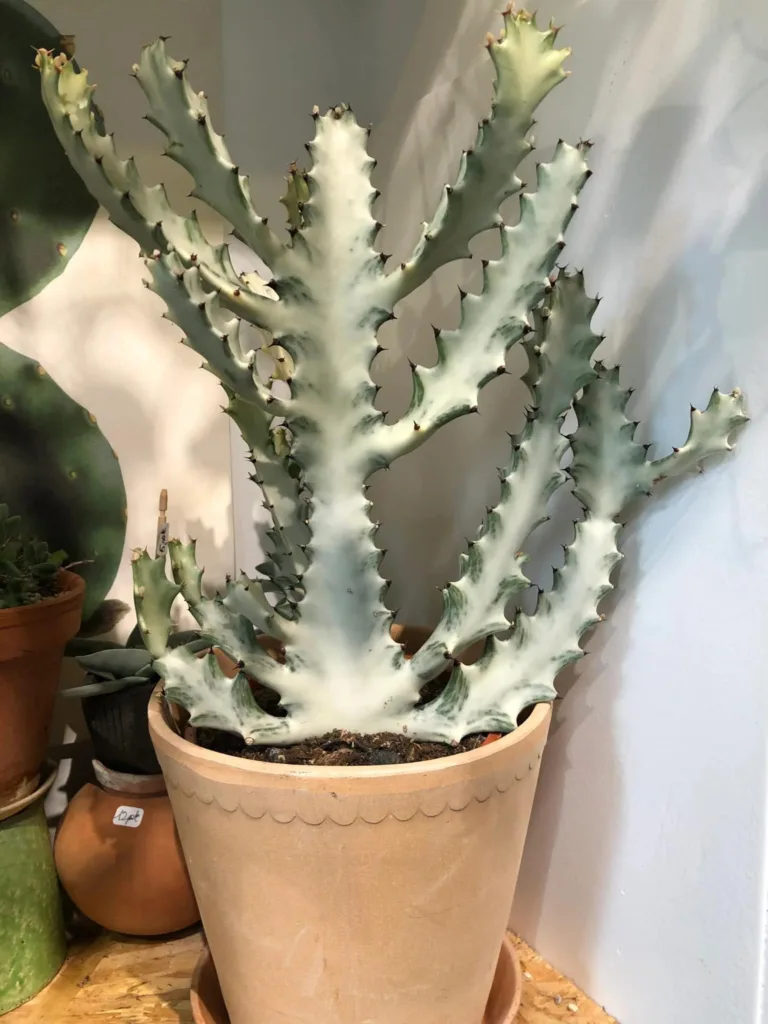My Fascination with the Resilient Dryas
I, Ferb Vu, have always been drawn to the quiet resilience of the natural world, particularly the tenacious flora that thrive in harsh conditions. Among these botanical wonders, the genus Dryas holds a special place in my heart. These unassuming dwarf shrubs, members of the rose family (Rosaceae), are a testament to nature’s ability to flourish even in the face of adversity.
A Hardy Genus
Dryas species are typically found in arctic and alpine regions across the globe, braving frigid temperatures, strong winds, and poor soil. Their low, mat-forming growth habit helps them withstand these harsh conditions, while their evergreen leaves allow them to maximize the short growing season. But perhaps the most captivating feature of Dryas is their delicate, eight-petaled flowers, which often blanket the landscape in a sea of white or yellow.
The genus name, Dryas, is derived from the Greek dryads, mythical tree nymphs. This connection seems fitting, as these plants often cling to rocky slopes and crevices, much like the nymphs were believed to inhabit the trees.
Species within the Dryas Genus
While the exact number of Dryas species is debated among taxonomists, here are:
- Dryas octopetala: Perhaps the most well-known species, commonly called mountain avens. It boasts white, eight-petaled flowers and is widespread across the Northern Hemisphere.
- Dryas integrifolia: Also known as entire-leaved avens, this species is distinguished by its smooth-edged leaves and white flowers. It’s primarily found in North America.
- Dryas drummondii: Drummond’s avens stands out with its nodding, yellow flowers. It’s native to North America.
- Dryas ajanensis: This species, with its white flowers and distinctive leaf shape, is found in Northeast Asia.
- Dryas alaskensis: As its name suggests, this species is native to Alaska and parts of northwestern Canada.
- Dryas × chamissonis Spreng. ex Juz.
- Dryas × grandiformis Jurtzev
- Dryas grandis Juz.
- Dryas hookeriana Juz.
- Dryas incisa (Malyschev) Juz. ex Jurtzev
- Dryas × lewinii Rouleau
- Dryas oxyodonta Juz.
- Dryas sumneviczii Serg.
- Dryas viscosa Juz.
Ecological Significance
Dryas plays a crucial role in its environment. Its ability to colonize barren landscapes makes it a pioneer species, paving the way for other plants to establish themselves. The dense mats formed by Dryas also help stabilize the soil, preventing erosion. Furthermore, these plants provide food and shelter for various insects and animals in their harsh habitats.
Interestingly, Dryas octopetala has played a significant role in paleoclimatology. The species experienced periods of expansion during colder climates, leaving behind pollen records in lake sediments. These records have helped scientists reconstruct past climate changes, including the Younger Dryas, a period of abrupt cooling that occurred around 12,900 years ago.
My Personal Connection
My interest in Dryas stems from a trek I undertook in the Canadian Rockies a few years ago. There, amidst the rugged terrain and breathtaking scenery, I encountered vast stretches of Dryas octopetala blooming on the slopes. Their resilience in such a challenging environment, coupled with their delicate beauty, left a lasting impression on me.
Since then, I’ve sought out opportunities to learn more about this fascinating genus. I’ve poured over botanical texts, explored online databases, and even cultivated a few Dryas species in my own garden. Each new piece of information only deepens my admiration for these hardy plants.
A Symbol of Perseverance
To me, Dryas represents the spirit of perseverance in the face of adversity. These plants thrive where others struggle, reminding us that even in the harshest conditions, life finds a way. Their ability to not only survive but also contribute to their ecosystem is a testament to the interconnectedness of nature.
As I continue to explore the world of botany, I know that Dryas will remain a source of fascination and inspiration. These unassuming shrubs, with their quiet strength and enduring beauty, serve as a powerful reminder of the resilience of life.
If i die, water my plants!



